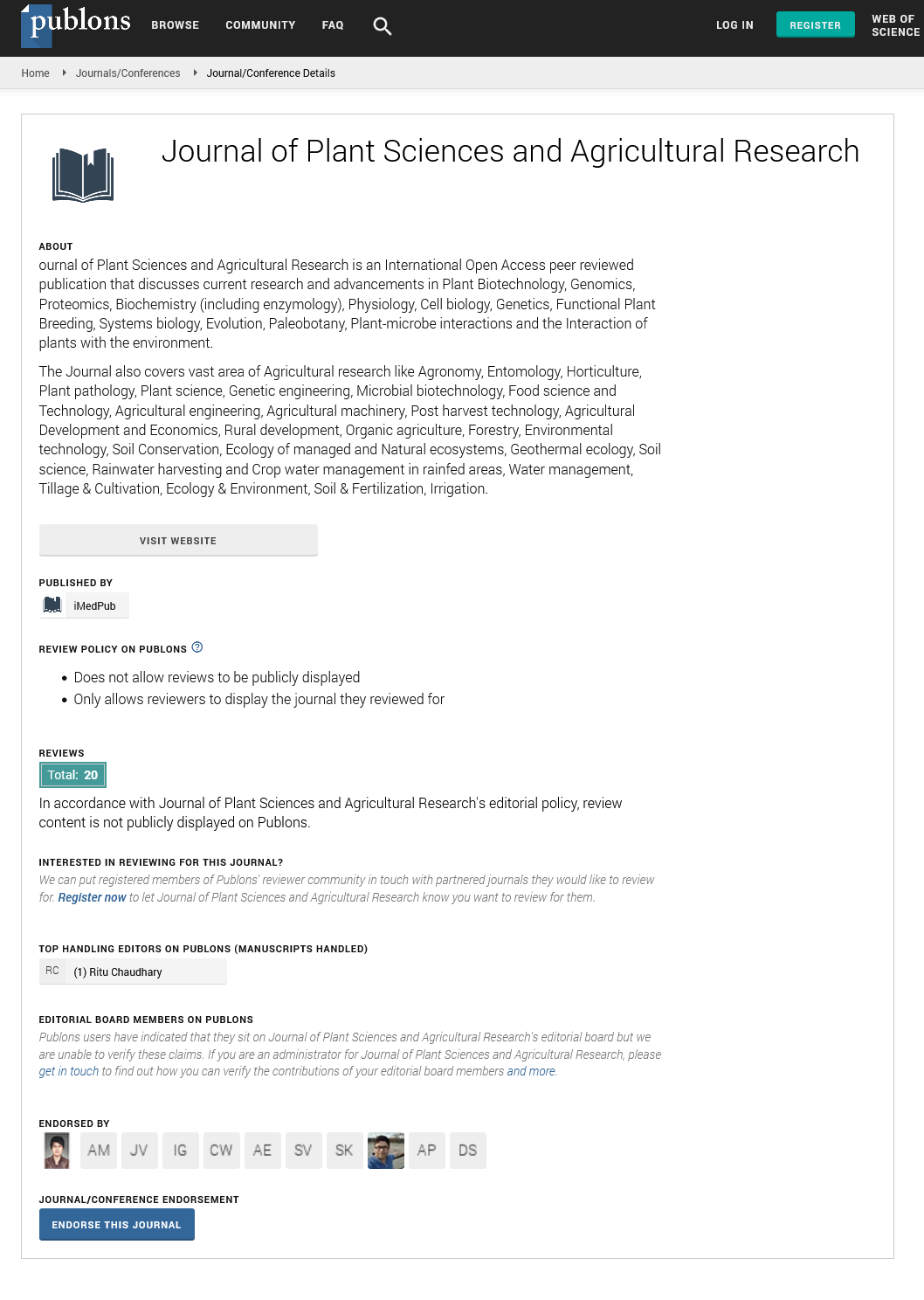Papaya Anthracnose
Papaya anthracnose is caused by the flora Colletotrichum gloeosporioides and is one in every of the foremost widespread and devastating malady of papaya, particularly throughout storage. It is a significant constraint to papaya production yet on export of the fruit to greater overseas markets. Anthracnose infections square measure sometimes initiated within the field at early stages of fruit development, however the infective agent remains quiescent till the fruit reaches the climacteric part. The flora is unfold by wind and rain whereas malady emergence is favoured by warm temperature and wetness. The malady will have a significant impact on cold fruit for export.
The flora will infect immature inexperienced fruits hooked up to the plant and stay quiescent till the fruit begins to ripen, once symptoms of anthracnose or chocolate spot seem. The first symptoms square measure little well outlined dried pink spots on the surface of ripening fruit. Later, these lesions enlarge, become rounded, sunken and brown to black in color. The lesions are often water-soaked or dried and exhausting. within the centre of the lesions, the flora produces dark acervuli, oft during a concentrical pattern and orange to pink jellylike mass of conidia are often discovered. the entire lesion are often simply separated from the flesh of the fruit as a corkscrew, employing a knife, departure a well-defined hole within the fruit.
High Impact List of Articles
-
2020 Conference Announcement on Agriculture & Food Chemistry
Mr. Workat Sebnie2020 Conference Announcement: Journal of Plant Sciences and Agricultural Research
-
2020 Conference Announcement on Agriculture & Food Chemistry
Mr. Workat Sebnie2020 Conference Announcement: Journal of Plant Sciences and Agricultural Research
Relevant Topics in General Science
Google Scholar citation report
Citations : 135
Journal of Plant Sciences and Agricultural Research peer review process verified at publons
Abstracted/Indexed in
- Google Scholar
- Publons
- Secret Search Engine Labs
Open Access Journals
- Aquaculture & Veterinary Science
- Chemistry & Chemical Sciences
- Clinical Sciences
- Engineering
- General Science
- Genetics & Molecular Biology
- Health Care & Nursing
- Immunology & Microbiology
- Materials Science
- Mathematics & Physics
- Medical Sciences
- Neurology & Psychiatry
- Oncology & Cancer Science
- Pharmaceutical Sciences
